Shimane Museum of Ancient Izumo will be closed from April 2025 to September 2026 (tentative) due to seismic retrofitting and other renovation works.
General Exhibition(Life and interchange of the Shimane people)
In this section, take a deeper look at the life and interchange of people in Shimane from the ancient times to date.Significant include burial mounds with four protuberant corners, bead making of Izumo, the Iwami-Ginzan silver mine, and the iron manufacturing process, Tatara. Also experience some of the great ancient history by seeing ‘a specimen of cross-sectional buried tree in Azukihara, Sanbe’, and ‘a replica of a silver coin from the Iwami-Ginzan silver mine,’ and trying ‘bead-making’ and operating a ‘Tenbinfuigo, or equipment to fan inside of the iron-making furnace.‘
(1)Trace of the oldest main in Shimane
(2)Paleolithic man and Jomon man in Shimane
(3)Shimane in the age of the Yamatai-koku kingdom
(4)The relationship between the Yamato Imperial Court and Izumo/Oki
(5)Shimane in the Medieval period/ the Iwami-Ginzan Silver Mine
(6)From Agriculture to a more diversified local economy(the Edo period)
(7)Glimpses of Unfamiliar Japan
(1)Trace of the oldest main in Shimane(up to the Old Stone Age)
Observe the traces of the oldest men of Shimane through the roots of early mankind and history all the way to modern humans.
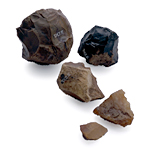
(2)Paleolithic man and Jomon man in Shimane(the Old Stone Paledethic Age - the Jomon period)
Due to sea level rises and changes in animals and plants caused by climate variability, people's life style has varied greatly. This change can be seen by comparing the Old Stone Age, when people moved around, with the Jomon period, when people settled down to live.
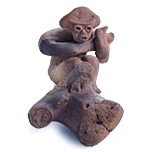
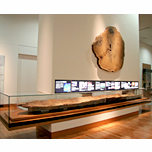
(3)Shimane in the age of the Yamatai-koku kingdom(the Yayoi period)
During the third century B.C., new culture and techniques came in along with rice cropping from ancient China. Characteristics of Yayoi culture are introduced covering rice culture and the roots of iron implements.
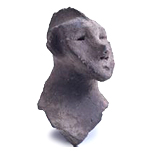
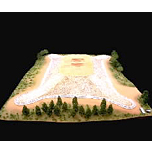
(4)The relationship between the Yamato Imperial Court and Izumo/Oki(the Kofun period - Nara period)
From the Kofun, or mounded tomb, period to the Nara period, culture from the Kinki region, which was the center of ancient Japan at that time, came to Shimane. Around the same time, Shimane was given an definite role in the nation. So relations between the central government and the local area flourished. Find out how peoples' lives were changed as the nation of Japan began to take shape.
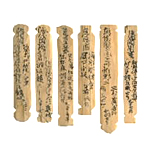
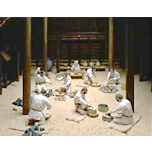
(5)Shimane in the Medieval period/ the Iwami-Ginzan Silver Mine(the Heian period - the Azuchi-Momoyama period)
In the transition from the Ritsuryo goverment,which followed a historical law system based on the philosophies of Confucianism and Chinese law, the new system incorporated elements of the old system. Also, traffic became busier with people and things, and cities were formed. Various goods were imported through overseas links including China and the Korean Peninsula. In this section, see what things were like in this area at that time.
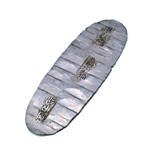
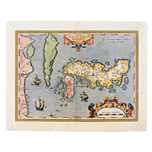
(6)From Agriculture to a more diversified local economy(the Edo period)
Local industry utilizing the local climate and materials, such as Tatara iron manufacturing, provided Modern Shimane with economic prosperity. See how the new culture deriving from the wealth in Shimane was established.
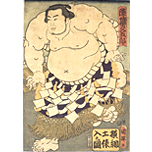
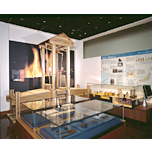
(7)Glimpses of unfamiliar Japan /Shimane(the Meiji period - )
Modern Shimane as seen through the eyes of Yakumo Koizumi is introduced through his books and sources
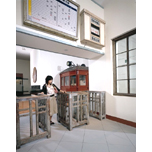
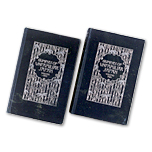
|
Shimane Museum of Ancient Izumo 99-4 kizuki-Higashi, Taisha, Izumo City, Shimane Prefecture, 699-0701 JAPAN TEL +81-853-53-8600/FAX +81-853-53-5350 | Copyright © 2007 Shimane Museum of Ancient Izumo. All rights reserved. |
